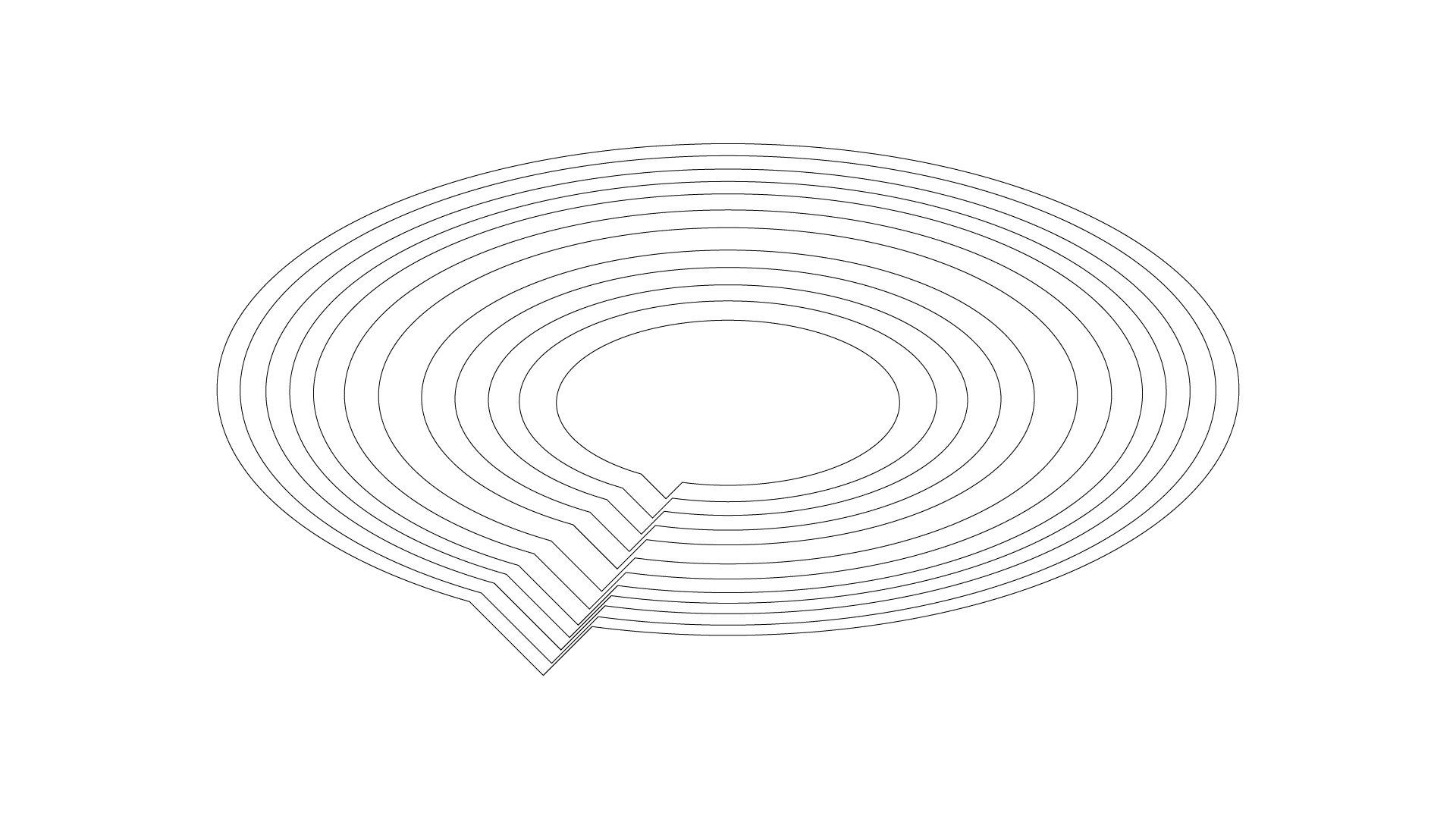Creative projects can quickly go off-track when proposals don’t address key details. Vague deliverables, missing timelines, and unclear expectations often lead to miscommunication, delays, and frustration. Let’s look at some common proposal mistakes—and how to avoid them with clear sections and concrete deliverables.
Missing context
Mistake: Jumping straight into deliverables without explaining the “why” behind the project.
Fix: Include a sections that outlines for example the client’s goals, challenges, and how your solution will meet their needs. In short, setting the context builds a solid foundation for the rest of the proposal.
Undefined timelines
Mistake: Proposals without clear deadlines make projects feel open-ended and uncertain.
Fix: Always include a Timeline section that breaks down the project into phases or key milestones with rough dates. This keeps both you and the client on track.
Vague deliverables
Mistake: Using unclear terms like “design work” or “website update” can lead to misaligned expectations.
Fix: List concrete deliverables. Instead of “design work,” try “three logo concepts with two revision rounds.” Using Ok-Ok’s templates ensures you cover important details without guesswork.
No boundaries for revisions
Mistake: Failing to set limits on revisions can lead to endless feedback cycles.
Fix: Add a Revisions section that specifies how many rounds are included, and a Scope Exclusions section to define what’s not included. This keeps the project focused and prevents scope creep.
Not every project fits into a standard proposal. Consider adding custom sections like a Creative Brief or Technical Requirements where appropriate. Ok-Ok offers industry-informed templates you can use as-is or adapt to meet your specific needs.
Setting the Right Scope Without Overwhelming
To avoid overwhelming your client (or yourself), use these tips:
• Start with Ok-Ok’s templates for a structured base.
• Focus on key deliverables.
• Keep the language clear and simple.




